يحاول ذهب - حر
LAND OF THE PICTS
September/October 2021
|Archaeology
New excavations reveal the truth behind the legend of these fearsome northern warriors

Creeping silently, the warriors emerged from the cover of the trees and made their way toward the fort. Minutes later the fort’s guards were surrounded by semi-naked men, their faces concealed by bushy beards, their bodies covered in tattoos. Some guards were dragged from their posts while others were dispatched with long spears. The warriors then surged over the wall and plundered and laid waste to the town beyond, leaving a trail of death and destruction. Once again, the Picts’ guerrilla tactics had caught their enemies by surprise. At least this is what the Romans, who occupied much of Britain from A.D. 43 to 409, would have the world believe. Given the name Picti— meaning “painted ones” in Latin— these people inhabiting northern Britain stood up to the Roman legions and, against all odds, prevented them from seizing their land.
The Picts emerged some 1,700 years ago in what is now northeastern Scotland—known in some sources as Pictavia, or Pictland—and left virtually no written records of their own and very few traces on the landscape they once inhabited. The handful of Pictish dwellings that have been discovered suggest they were a thinly spread population of farmers living in simple turf-walled houses, not the ferocious barbarians the Romans portrayed.

هذه القصة من طبعة September/October 2021 من Archaeology.
اشترك في Magzter GOLD للوصول إلى آلاف القصص المتميزة المنسقة، وأكثر من 9000 مجلة وصحيفة.
هل أنت مشترك بالفعل؟ تسجيل الدخول
المزيد من القصص من Archaeology
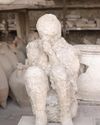
Archaeology
LEGEND OF THE CRYSTAL BRAIN
When most people envision the victims of the eruption of Mount Vesuvius in A.D. 79 that destroyed the cities of Pompeii and Herculaneum, they think of the casts of their bodies made by pouring plaster into voids left by their decaying corpses. Yet not all the physical remains of those who perished in the cataclysm decayed. In one case, a remarkable transformation occurred—a man’s brain turned to glass.
3 mins
July/August 2025
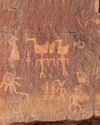
Archaeology
Birds of a Feather
Intriguing rock art in the Four Corners reveals how the Basketmaker people drew inspiration from ducks 1,500 years ago
8 mins
July/August 2025
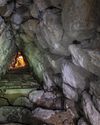
Archaeology
THE HOME OF THE WEATHER GOD
In northern Anatolia, archaeologists have discovered the source of Hittite royal power
13 mins
July/August 2025
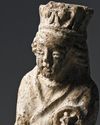
Archaeology
SAINTS ALIVE
Since 2019, archaeologists have been excavating in Berlin's oldest square, known as the Molkenmarkt, or Whey Market.
1 min
July/August 2025
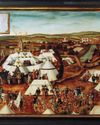
Archaeology
SOLDIERS OF ILL FORTUNE
The Schmalkaldic War, which began in 1546 and lasted less than a year, pitted the forces of the Holy Roman emperor Charles V (reigned 1519-1556) against the Schmalkaldic League, a Protestant alliance formed by German principalities and cities within the empire.
1 mins
July/August 2025
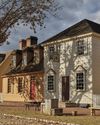
Archaeology
A NEW LOOK AT AN OLD CITY
Archaeologists are reconstructing the complicated 400-year history of Virginia's colonial capital
13 mins
July/August 2025
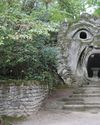
Archaeology
ITALY'S GARDEN OF MONSTERS
Why did a Renaissance duke fill his wooded park with gargantuan stone
10 mins
July/August 2025
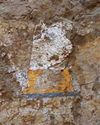
Archaeology
In Search of Lost Pharaohs
Anubis Mountain conceals the tombs of an obscure Egyptian dynasty
3 mins
July/August 2025
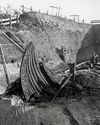
Archaeology
Setting Sail for Valhalla
Vikings staged elaborate spectacles to usher their rulers into the afterlife
15 mins
July/August 2025
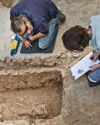
Archaeology
BOUND FOR HEAVEN
During excavations of a Byzantine monastery in 2017 just north of Jerusalem's Old City, a team led by Israel Antiquities Authority archaeologists Zubair 'Adawi and Kfir Arbiv discovered an unusual burial in a crypt beneath the altar of the complex's church.
1 mins
July/August 2025
Translate
Change font size
